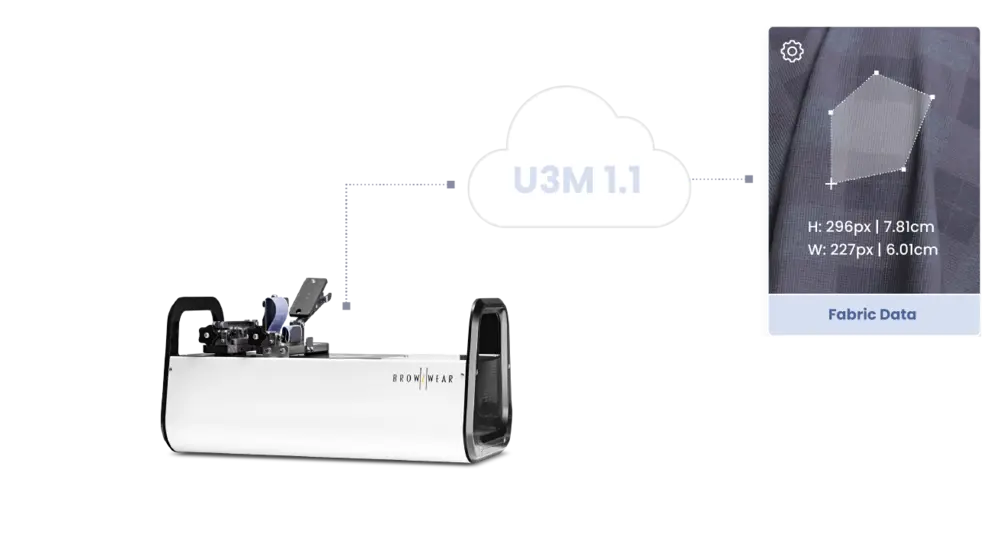Scale The Fabric Digitization Process
Before being able to utilize fabric data, the fabric itself will need to go through multiple tests. However, the results can vary depending on the software used, making it difficult to apply across applications. With access to the raw fabric data, the often time-consuming task of carrying out multiple tests before inputting it into your system is ultimately eliminated and can be done in one single test. This works to facilitate a far more scalable and efficient material digitization process.
All Materials Can Be Exported In A U3m File Format Which Includes:
- Textures folder
- U3M core file
- physics.json file – calculated physics data from the FAB
- Image file
